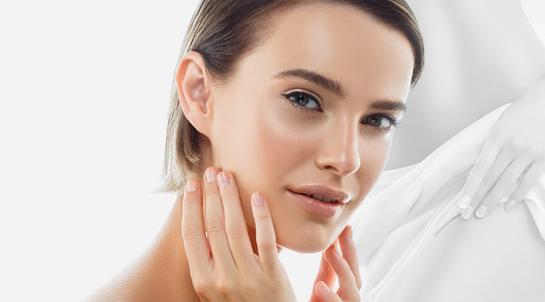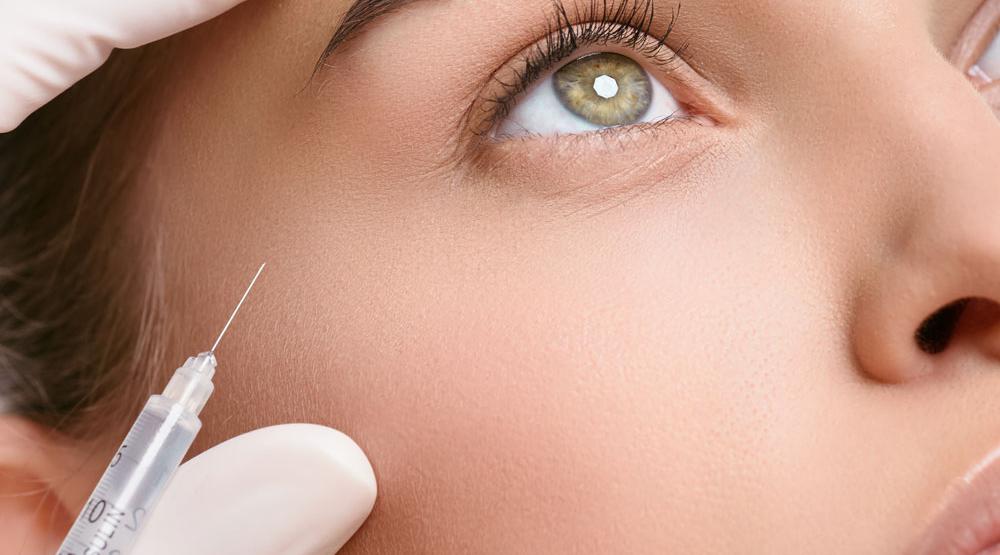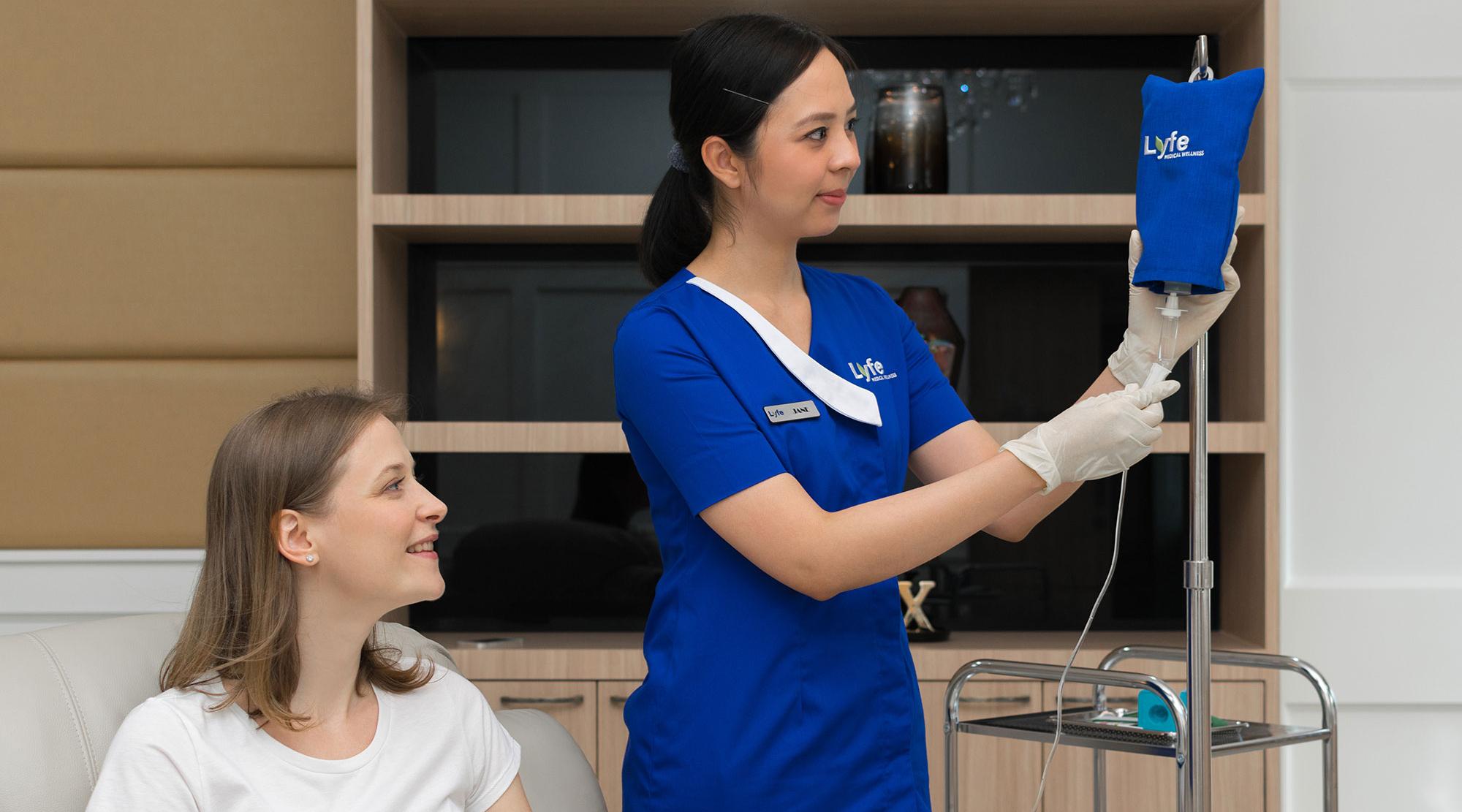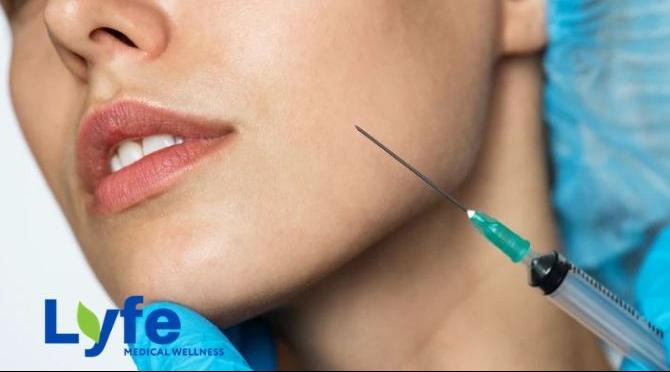I. Introduction
Brief Explanation of PRP Treatment
Platelet-Rich Plasma (PRP) treatment is a revolutionary non-surgical treatment method that utilizes the healing process within our blood, specifically concentrating the platelets from the patient’s own blood, to rejuvenate the skin and manage pain. This minimally invasive therapy harnesses the body’s natural healing capabilities to promote regeneration and repair of tissues.
Overview of the Benefits of PRP Treatment
PRP therapy offers a myriad of benefits, from cosmetic enhancements such as improved skin texture and reduced signs of aging to therapeutic effects like pain relief and reduction of chronic pain. This versatile treatment leverages the body’s own regenerative capabilities, offering a natural approach to healing and rejuvenation with several benefits including minimal risks of allergic reactions due to the use of the patient’s own blood.
II. Rejuvenation Benefits of PRP Treatment
How PRP Promotes Collagen Production
Collagen production is vital for skin elasticity and strength. PRP treatment stimulates the growth factors in PRP to enhance the body's natural collagen production, leading to a firmer, youthful appearance and skin rejuvenation.
Reduction of Fine Lines and Wrinkles
The increase in collagen production facilitated by PRP treatment not only improves skin elasticity but also plays a significant role in the reduction of fine lines and wrinkles. The enhanced collagen matrix fills in the gaps where wrinkles are formed, smoothing out the skin's surface. Additionally, the growth factors in PRP promote tissue regeneration, further aiding in the repair of aged and damaged skin, resulting in a more youthful complexion.
Improvement of Skin Texture and Tone
PRP treatment significantly enhances the skin's overall texture and tone. The process of injecting PRP into the skin can stimulate the natural healing process, leading to cell turnover and regeneration. This is particularly beneficial for addressing a wide range of skin conditions, including acne scars, uneven skin texture, and hyperpigmentation. The result is a smoother, more even skin tone, and a reduction in the visibility of scars and dark spots.
Enhancing Overall Facial Rejuvenation
PRP treatment offers several benefits for facial rejuvenation, revitalizing dull skin, restoring volume, and enhancing facial contours naturally. The growth factors that promote healing and regeneration offer a comprehensive approach to beauty and wellness.
III. PRP for Pain Management
Brief Explanation of PRP's Role in Pain Management
In the realm of pain management, PRP therapy is utilized for its regenerative capabilities, specifically targeting chronic pain, joint pain, and inflammation by promoting the healing of injured tendons and soft tissues. This therapy for pain management provides a safe and effective alternative to traditional pain medicine.
Conditions Treated with PRP for Pain Relief
Platelet-Rich Plasma (PRP) therapy is an innovative treatment option that leverages the body's own healing mechanisms to treat various conditions, particularly those related to pain and inflammation in the musculoskeletal system. Here's a closer look at the conditions commonly treated with PRP for pain relief:
- Osteoarthritis: PRP therapy is widely used to treat osteoarthritis, especially in the knee, hip, and shoulder joints. It helps in reducing inflammation and pain, potentially delaying the need for more invasive treatments like joint replacement surgery.
- Tendon Injuries: Tendinopathies, such as tennis elbow (lateral epicondylitis), golfer's elbow (medial epicondylitis), Achilles tendonitis, and patellar tendonitis, are commonly treated with PRP injections. PRP can enhance the healing of microtears in the tendon tissue, offering relief from pain and improving function.
- Ligament Sprains and Tears: Ligament injuries, including those common in athletes like anterior cruciate ligament (ACL) tears, can be treated with PRP therapy. PRP can help reduce the healing time of ligament injuries by promoting cell proliferation and tissue repair.
- Muscle Injuries: Muscle strains and tears, which are common sports injuries, can benefit from PRP treatments. PRP injections can accelerate the healing process, reduce pain, and improve muscle strength and flexibility.
- Rotator Cuff Injuries: PRP therapy can be beneficial for treating rotator cuff tears, reducing pain, and improving shoulder function, particularly in cases where surgery is not considered the first line of treatment.
- Chronic Plantar Fasciitis: This is a common cause of heel pain that can be effectively treated with PRP injections, especially in chronic cases that do not respond well to more traditional treatments.
- Back and Neck Pain: PRP can be used to treat conditions causing back and neck pain, such as degenerative disc disease, by promoting the healing of damaged intervertebral discs or other affected structures.
- Osteochondral Lesions: These are damages to the cartilage and underlying bone, commonly found in the knee, ankle, and other joints. PRP therapy can help in repairing these lesions and restoring joint function.
PRP therapy works by concentrating platelets from the patient's own blood and injecting them into the affected area, promoting natural healing processes. These platelets release growth factors that stimulate tissue regeneration, reduce inflammation, and increase the production of lubricating synovial fluid in joints, thereby easing pain and improving mobility.
Effectiveness of PRP in Reducing Pain and Inflammation
Studies have shown that PRP can help reduce pain and inflammation, significantly improving joint function and enhancing quality of life for individuals suffering from chronic pain conditions. The effects of PRP therapy in pain relief underscore its potential as a treatment option for those looking for safe and natural pain management solutions.
IV. PRP Treatment Process
Step-by-Step Guide to the PRP Treatment Procedure
The PRP treatment process involves a series of steps starting with a consultation, followed by blood collection, where a small amount of the patient’s blood is drawn. The blood is then processed in a centrifuge to concentrate the platelets. Finally, the PRP injection is administered into the target area, releasing growth factors that promote healing and regeneration.
Recovery and Downtime After PRP Treatment
PRP therapy is generally considered a minimally invasive option with minimal downtime. Patients may experience mild swelling or redness at the injection site, which typically subsides within a few days.
Number of Sessions Required for Optimal Results
The optimal number of PRP sessions varies, with most patients requiring 3-4 treatments for the best outcomes. The treatment is tailored to meet specific needs, ensuring that each patient receives the most beneficial and effective treatment.
Precautions to Take Before Undergoing PRP Treatment
To ensure the best outcome, patients are advised to follow pre-treatment instructions, such as avoiding certain medications and staying hydrated. These precautions help minimize potential risks and enhance the benefits of PRP therapy.
V. Conclusion
PRP therapy offers a natural, effective treatment for both rejuvenation and pain management, leveraging the patient’s own blood to promote healing and regeneration. The benefits of PRP therapy include improved skin quality, pain relief, and enhanced healing, making it a versatile treatment option for a wide range of conditions.
Explore the natural, effective healing power of PRP therapy at Lyfe Medical Wellness. Whether you're seeking rejuvenation or pain management, our tailored PRP treatments utilize your own blood to promote healing and regeneration. With minimal risks and wide-ranging applications, we offer a safe and effective solution for improving skin quality, relieving pain, and enhancing overall wellness.




